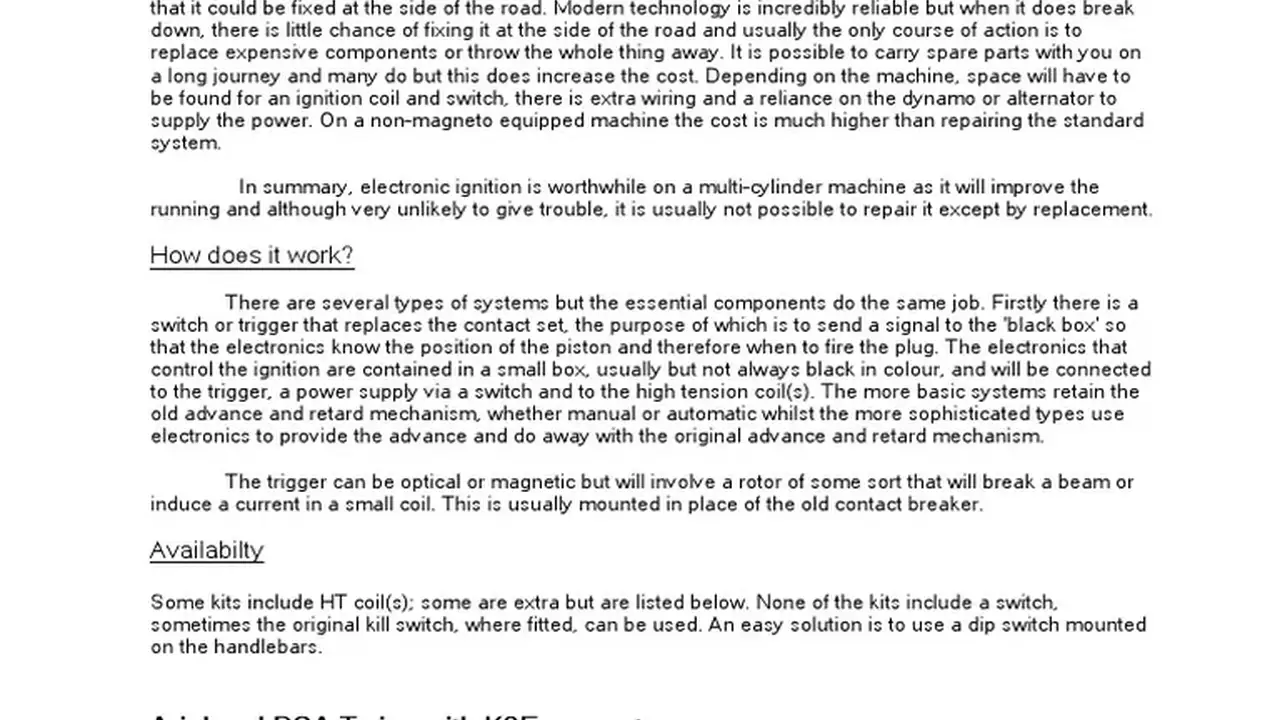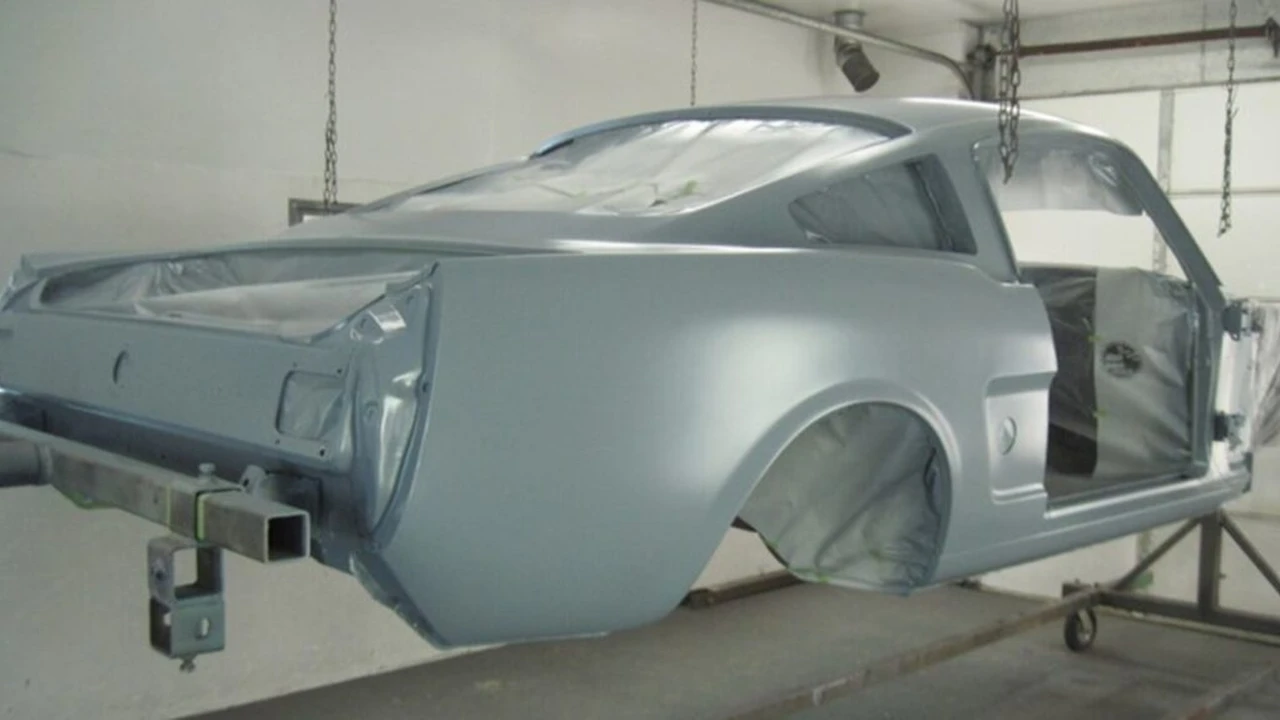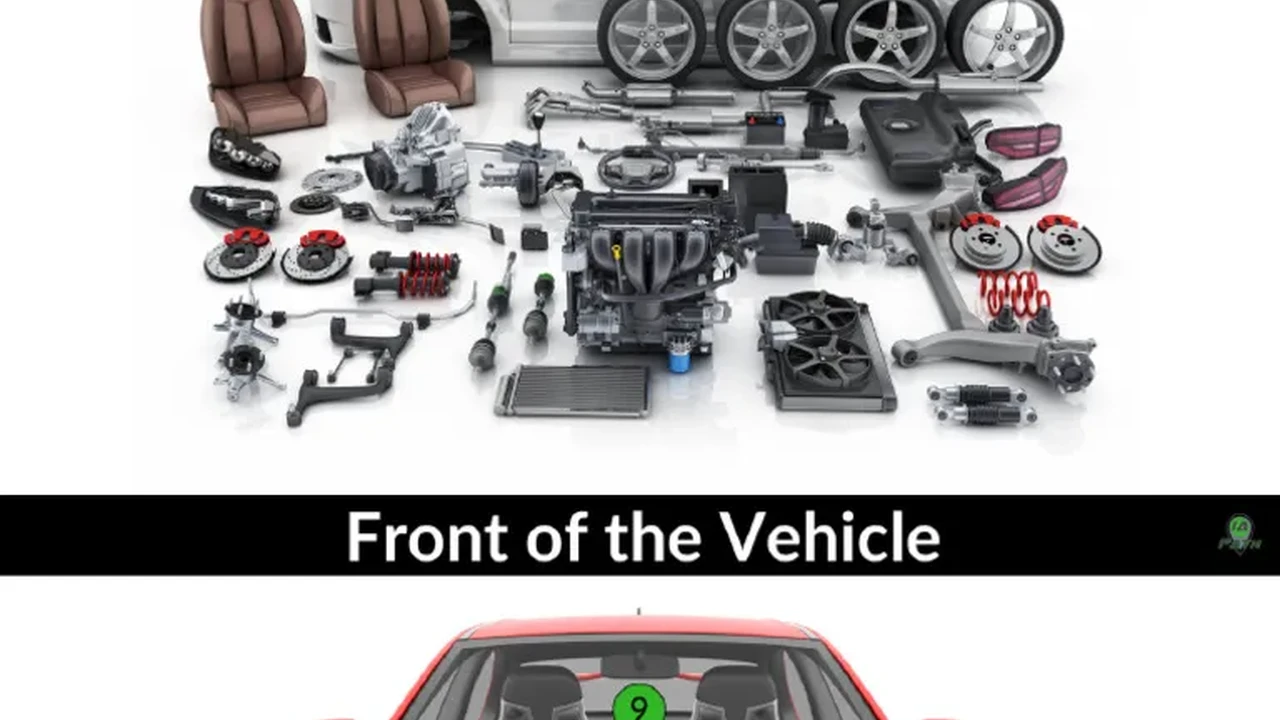Converting to Electronic Ignition: Pros and Cons
Converting to Electronic Ignition Pros and Cons

Discover the pros and cons of converting your classic car to electronic ignition. This guide explores the benefits and drawbacks of electronic ignition versus traditional points ignition, helping you make an informed decision. Improve reliability and performance by understanding the nuances of each system.
Understanding Classic Car Ignition Systems Traditional Points Ignition
Okay, so you're tinkering with your classic ride and thinking about ditching those old-school points for something a bit more modern. Let's break it down. Traditional points ignition is basically how cars fired up for decades. It's a simple system: a set of points opens and closes, sending a spark to the distributor, which then sends that spark to the right cylinder. It's reliable, easy to understand, and, let's be honest, kinda cool in its simplicity.
But here’s the rub: those points wear out. You gotta adjust 'em, replace 'em, and keep 'em clean. It's a maintenance thing, and if you’re not on top of it, your classic can run rough or even refuse to start. Plus, points ignition isn't the most efficient way to spark an engine, meaning you might not be getting the best performance or fuel economy.
What is Electronic Ignition An Overview of Modern Systems
Enter electronic ignition! This system uses electronic components – usually a magnetic pickup or a Hall-effect sensor – to trigger the ignition coil. No more points to wear out! Electronic ignition systems are generally more reliable, require less maintenance, and can deliver a hotter, more consistent spark. This translates to better performance, improved fuel economy, and easier starting, especially in cold weather.
There are a few different types of electronic ignition systems, including inductive and capacitive discharge ignition (CDI). Inductive systems are more common in classic car conversions, while CDI systems are often found in high-performance applications.
The Pros of Converting to Electronic Ignition Enhanced Reliability
Let’s dive into why you might want to make the switch. First off, reliability. No more fiddling with points every few thousand miles. Electronic ignition systems are much more robust and less prone to failure. This is a huge win if you want to spend more time driving and less time wrenching.
Improved Performance and Fuel Economy
Next up, performance and fuel economy. A hotter, more consistent spark means a more complete combustion of the fuel-air mixture. This can translate to better throttle response, increased horsepower, and even a slight improvement in gas mileage. It might not be a huge jump, but every little bit helps, right?
Easier Starting and Reduced Maintenance
Then there's the easier starting. Electronic ignition systems are much better at firing up a cold engine. No more cranking and cranking while your battery slowly dies. Plus, reduced maintenance is a major selling point. Say goodbye to adjusting points and hello to more free time.
The Cons of Converting to Electronic Ignition Cost Considerations
Okay, it's not all sunshine and rainbows. The biggest downside is often the cost. Electronic ignition conversion kits can be pricey, especially for older or more obscure classic cars. You'll need to factor in the cost of the kit itself, as well as any labor if you're not comfortable installing it yourself.
Potential Compatibility Issues
Compatibility issues can also be a concern. Not all electronic ignition systems are created equal, and some might not play nicely with your classic car's existing wiring or other components. You'll need to do your research and make sure you're choosing a kit that's designed for your specific make and model.
Loss of Originality and the Purist Argument
And let's not forget the loss of originality. For some classic car enthusiasts, keeping their vehicles as original as possible is a top priority. Converting to electronic ignition means deviating from the original factory setup, which might be a deal-breaker for purists.
Specific Product Recommendations and Comparisons
Alright, let's get down to brass tacks and talk about some specific products you might consider.
Pertronix Ignitor A Popular Choice
The Pertronix Ignitor is a super popular choice for converting classic cars to electronic ignition. It's a relatively simple system that replaces the points inside your existing distributor. It's easy to install, reliable, and doesn't require any major modifications to your car.
Use Case: Perfect for daily drivers or weekend cruisers where reliability is key.
Price: Around $100-$200, depending on the application.
MSD Ignition Systems For High Performance
If you're looking for something with a bit more oomph, MSD Ignition systems are a great option. They offer a range of products, from simple electronic distributors to full-blown multi-spark ignition boxes. These systems can deliver a much hotter spark than the Pertronix, resulting in improved performance and drivability.
Use Case: Ideal for modified engines or cars that are used for racing or performance driving.
Price: Anywhere from $200 to $1000+, depending on the complexity of the system.
123ignition Programmable Distributors
For the tech-savvy enthusiast, 123ignition offers programmable distributors that allow you to fine-tune your ignition timing for optimal performance. These distributors use a built-in computer to control the spark advance curve, giving you precise control over your engine's ignition.
Use Case: Great for cars with modified engines or those who want to experiment with different ignition settings.
Price: Typically around $400-$600.
Product Comparison Pertronix vs MSD vs 123ignition
Let's break down a quick comparison:
- Pertronix: Simple, affordable, reliable. Best for stock or mildly modified engines.
- MSD: More powerful, better for performance applications. Can be more complex to install.
- 123ignition: Programmable, offers precise control over ignition timing. Best for those who enjoy tuning and experimenting.
Installation Considerations is it a DIY Job
Installation difficulty varies depending on the system you choose. The Pertronix Ignitor is generally considered a DIY-friendly project, while more complex MSD systems might require professional installation. If you're not comfortable working on your car's electrical system, it's always best to consult a qualified mechanic.
Maintaining Originality Alternatives to Full Conversion
If you're concerned about maintaining originality, there are a few alternatives to a full electronic ignition conversion. You could try using a high-performance set of points and condenser, or you could install an electronic ignition amplifier that boosts the spark without replacing the points altogether. These options offer a compromise between performance and originality.
Real-World Scenarios and User Experiences
I've chatted with plenty of classic car owners who've made the switch to electronic ignition, and the feedback is generally positive. Many report improved starting, smoother running, and reduced maintenance. However, some purists still prefer the traditional points system, citing the importance of originality and the satisfaction of maintaining a classic car in its original condition.
Final Thoughts Making the Right Choice for Your Classic
Ultimately, the decision of whether or not to convert to electronic ignition is a personal one. Weigh the pros and cons, consider your budget and skill level, and think about what's most important to you: reliability, performance, originality, or a combination of all three. Do your research, talk to other classic car owners, and make an informed decision that's right for you and your beloved classic.
:max_bytes(150000):strip_icc()/277019-baked-pork-chops-with-cream-of-mushroom-soup-DDMFS-beauty-4x3-BG-7505-5762b731cf30447d9cbbbbbf387beafa.jpg)






